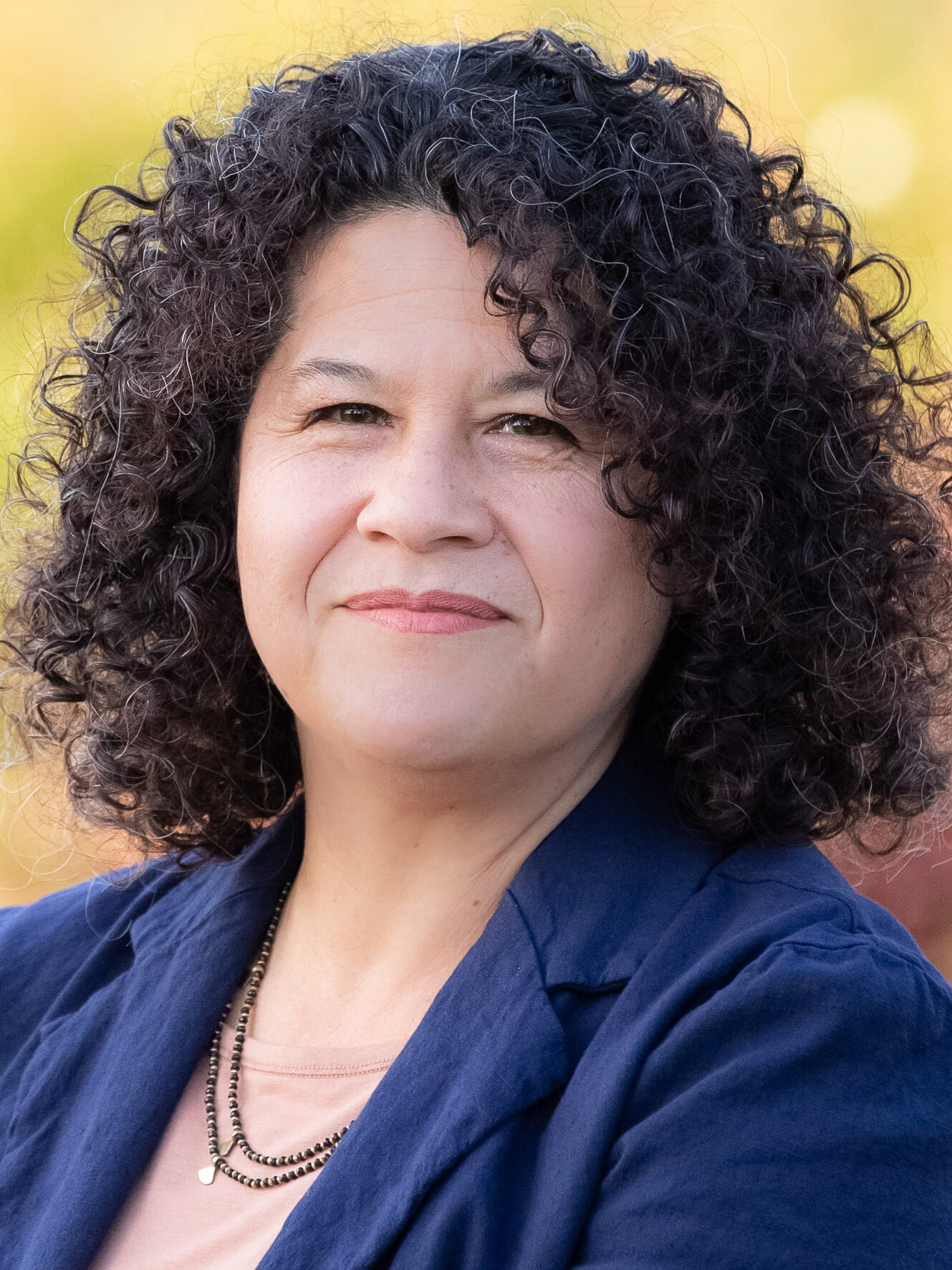Lani Faulkner, candidate for District 1
Lani Faulkner is one of two candidates running for the District 1 Santa Cruz County supervisor seat in the March 5 election. The district includes Live Oak, Pleasure Point, Soquel, Soquel hills, part of Capitola and the Summit area east of Highway 17. Read about the other candidate in this race, Manu Koenig.

Lani Faulkner (Contributed)
Meet Lani Faulkner
Age: 55.
Residence: Live Oak.
Occupation: Scientist and small business owner.
Experience: Faulkner is the founder and director of Equity Transit, an advocacy group for public transit and affordable housing. Faulkner has worked as a community college professor in biology, physiology and other subjects, and she has worked in the pharmaceutical industry. Faulkner participated in a successful campaign against Measure D in 2022 with Friends of the Rail and Trail. She has worked with the Santa Cruz County Regional Transportation Commission and the Santa Cruz County Office of Response, Recovery and Resilience. “I think the role of [county] supervisor is one of the generalists,” Faulkner said. “What really is an advantage is someone who has a broad, wide variety of experiences.”
Read about Lani Faulkner’s positions:
Read why Lani Faulkner is running for county supervisor
Important local issues
Faulkner said that elderly and disabled communities talked to her about a lack of representation at the county level. She said it made her want to get involved and be a “voice for the voiceless.”
“They were really upset about changes that were made at the county level and representation with the current incumbent in my district — that for some reason he was making changes that really disempowered them, their voice and their ability to affect change for their needs.” For this and other reasons such as her familiarity with environmental science, she became involved as an advocate for the rail trail.
What is your dream for the Santa Cruz community?
Faulkner said she believes in an empathetic approach to leadership. “My philosophy is that this is about bringing us all together,” she said. “What that means to me is that we’re all listening to each other’s perspectives.”
Fun fact about Faulkner
“I’m a classically trained opera singer, a lot of people don’t know that,” she said. She said she is also an avid mountain biker and has coached mountain biking for seven years.
Campaign finances
See campaign contributions to Lani Faulkner and all local candidates.


